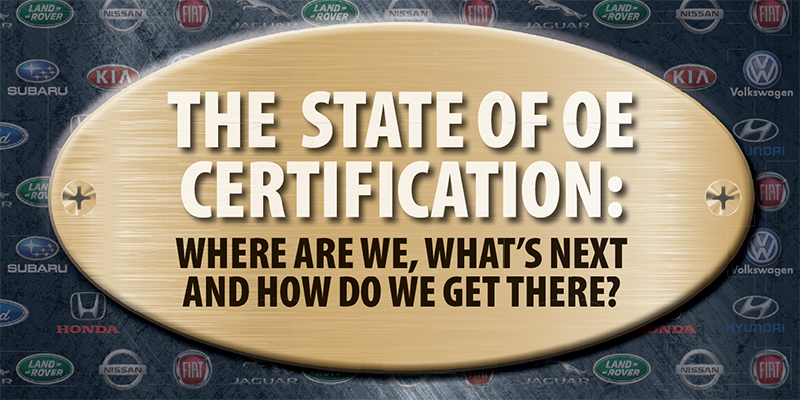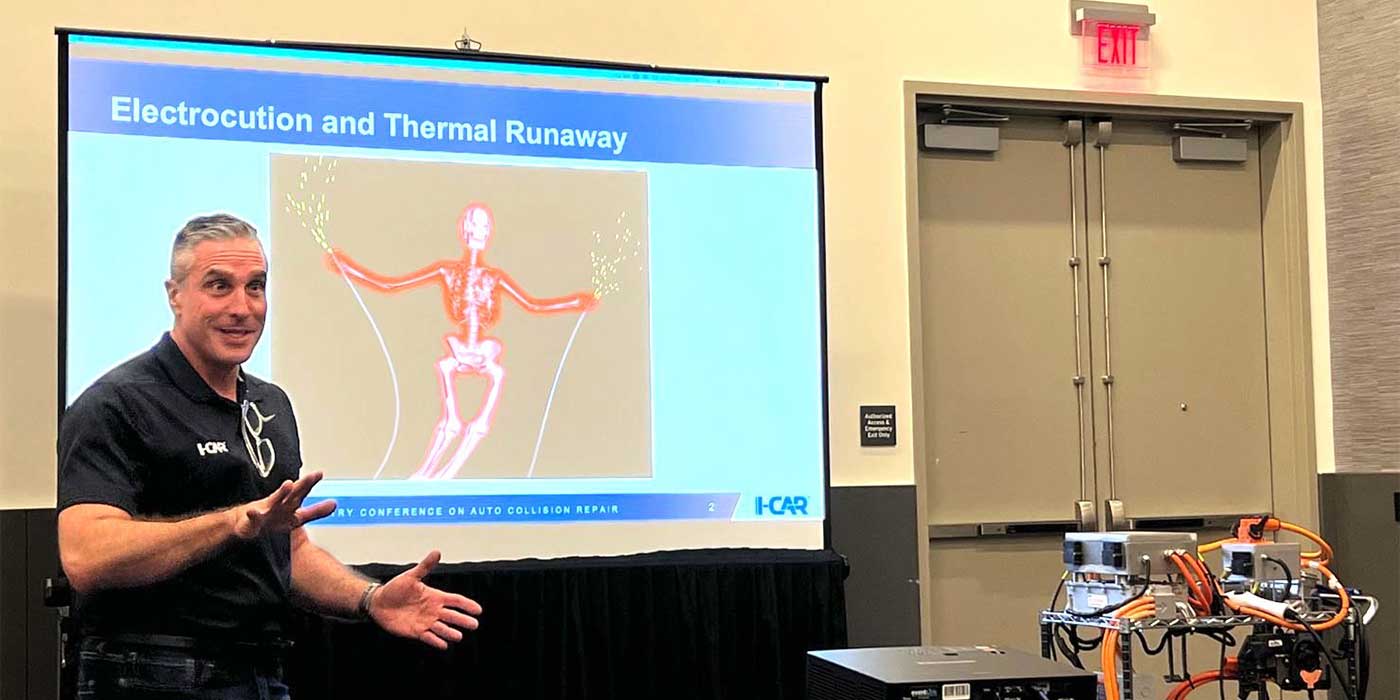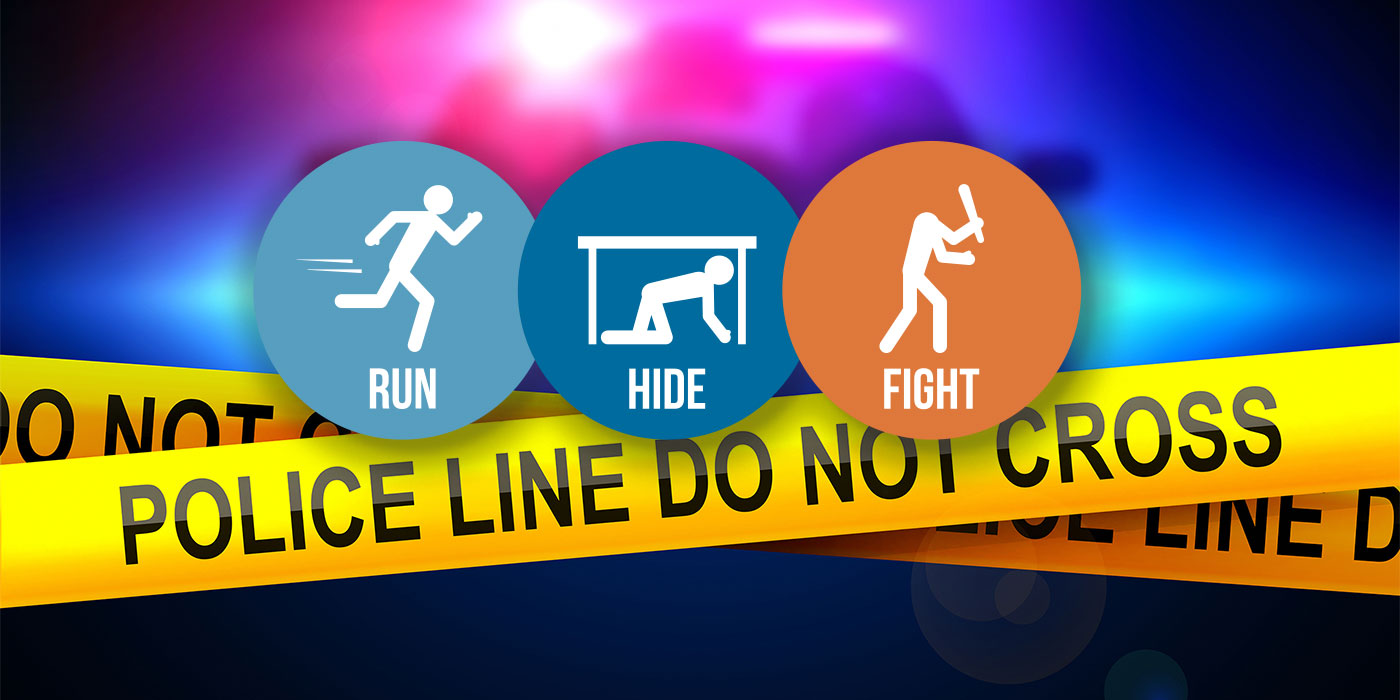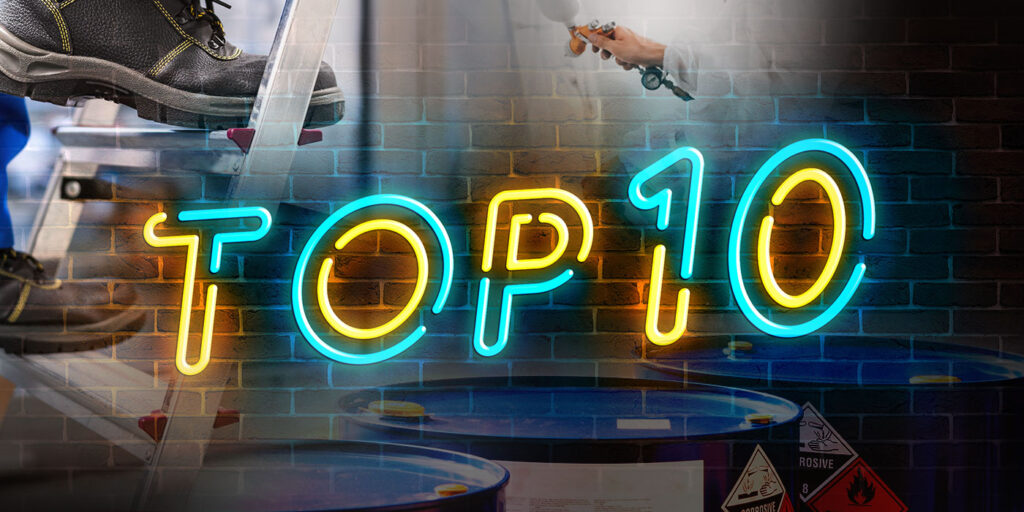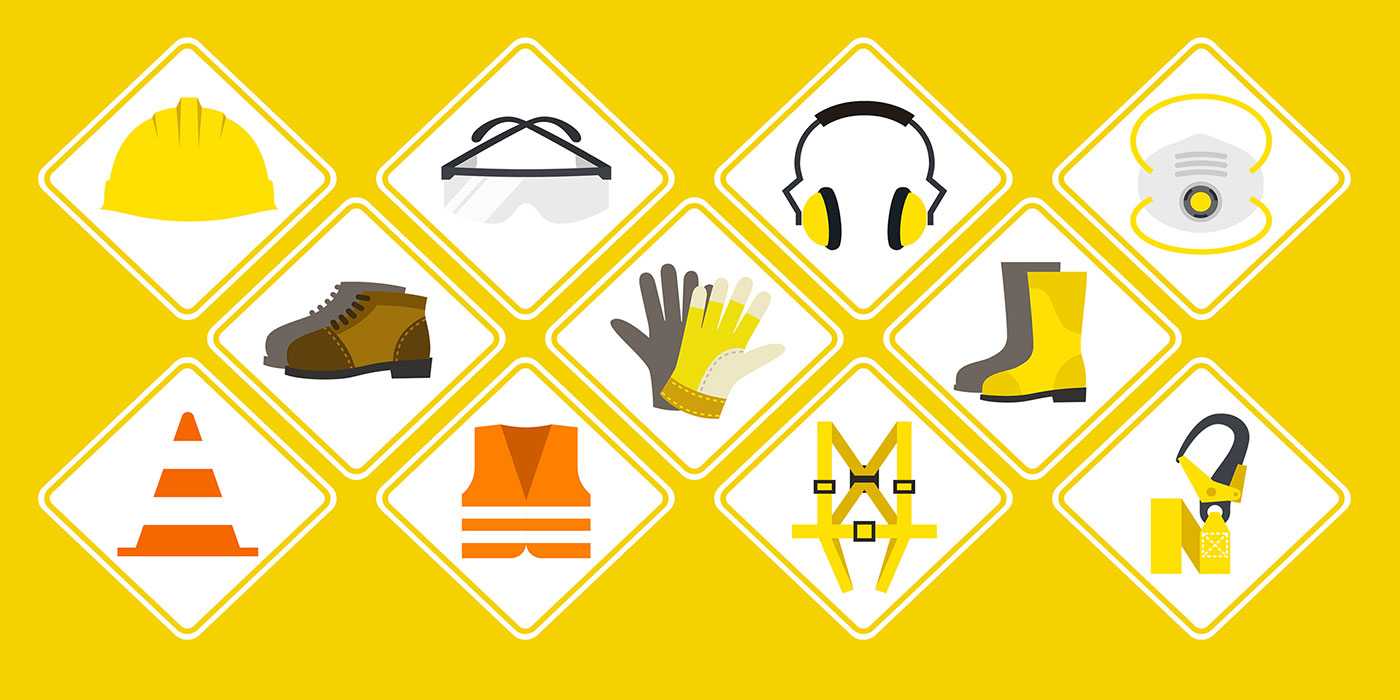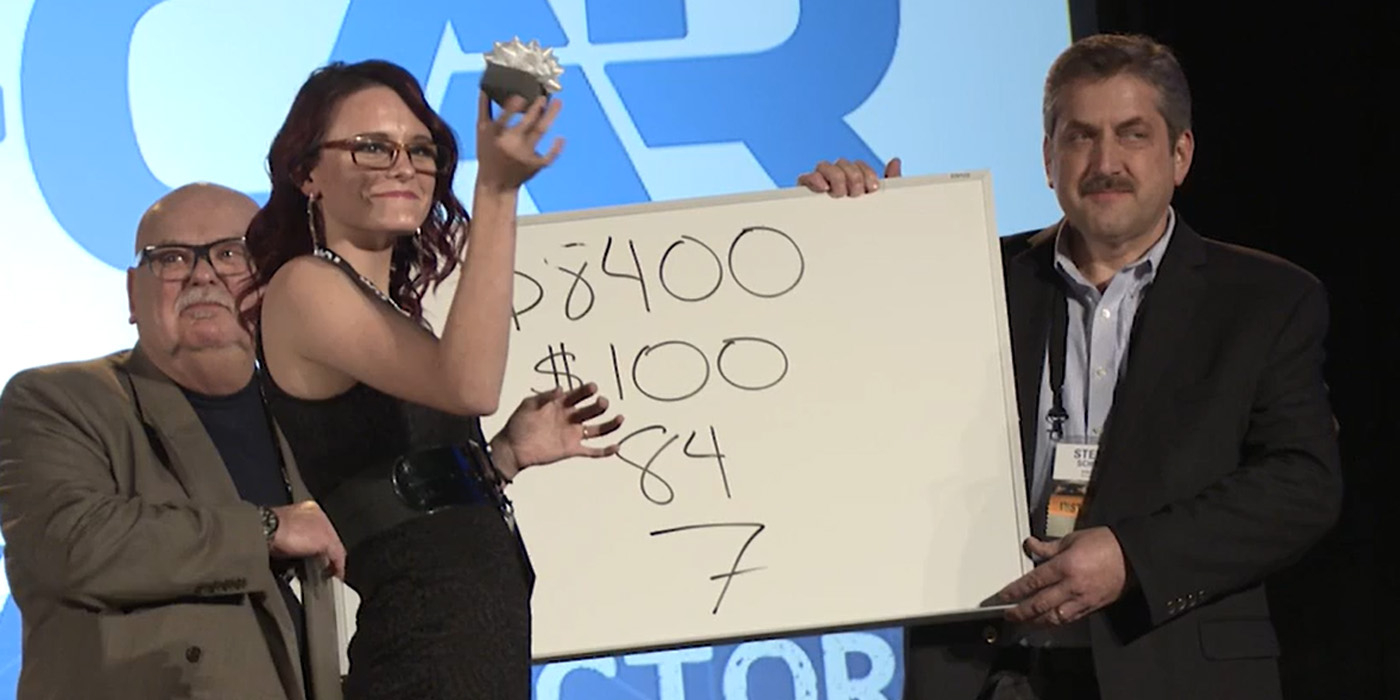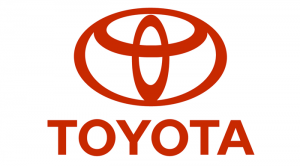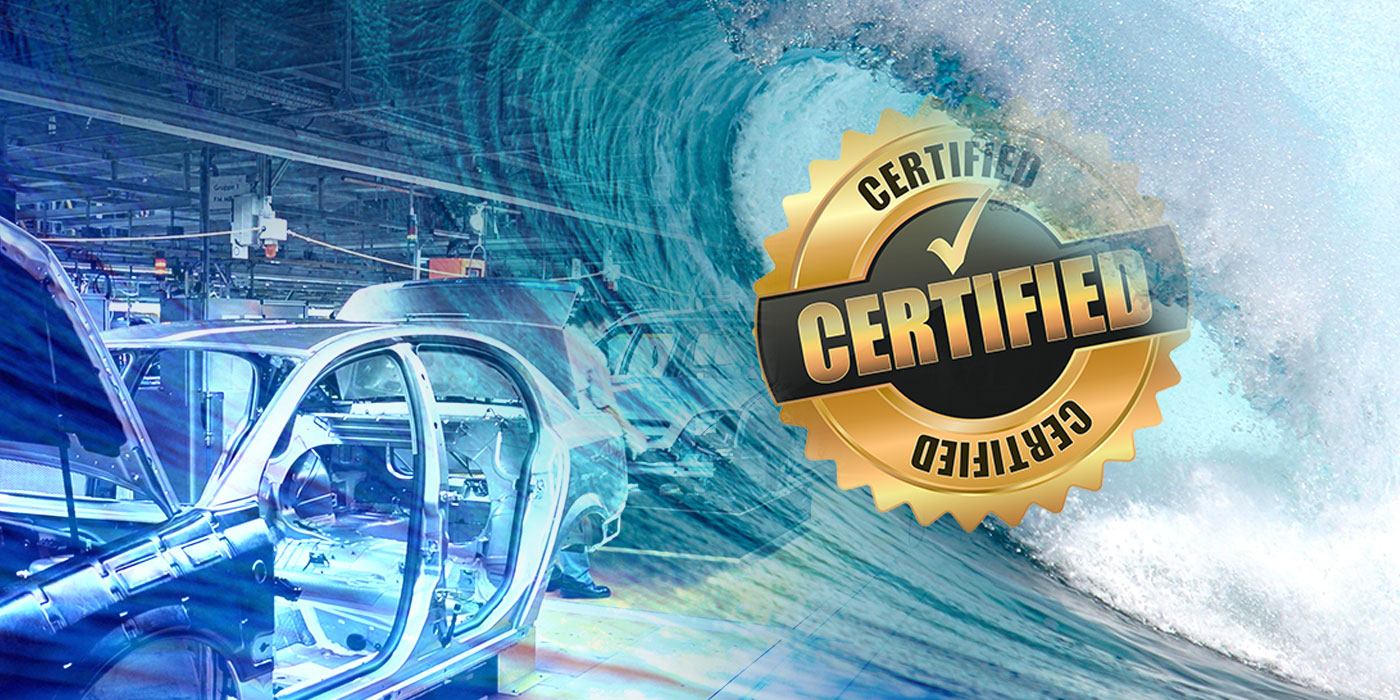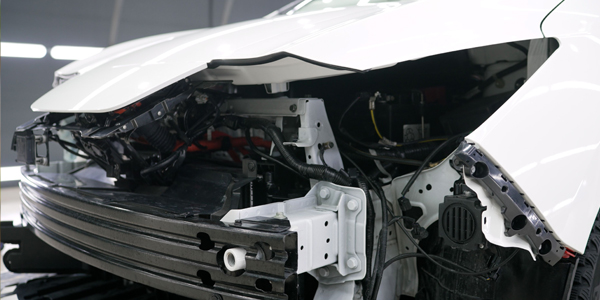In a time when so much is changing so quickly in this industry, sometimes it’s tough to stop and take inventory of where everything stands, where your shop is and where you want to be. In 2011, the three major industry associations decided that OEM repair procedures should be the standard. In 2019, we’re talking about taking those repair procedures to the next level and getting that stamp of approval from the manufacturers who created them.
“At this point in my career, I continue to be a firm believer of OEM certification even more today than I was yesterday,” said Mike Anderson, CEO of Collision Advice. “I think some people pursue OEM certifications because they’re hoping that will lead to more work for them, but I think what’s equally important is developing the relationship with the OEMs so you can have access to the correct tools and equipment to ensure a safe and proper repair for the consumer.”
The bar has been set and the standards of a certified repair will only get higher from here. But how did so many of these certified repair network programs get their start? One word: quality.
Evolution of OE Certification
Luxury cars were arguably the first taste collision repairers got of becoming certified to repair a certain make or model vehicle.
In 2005, BodyShop Business wrote about Mark Vettori, owner of Hunt’s Auto Body located in Eastern Pennsylvania:
“Faced with the reality that a good shop with good equipment, a well-trained staff and a good location was really nothing special in today’s business environment, Vettori knew he had to do some extraordinary things to be special – in other words, become a specialist.”
Vettori had decided to get certified and become part of Jaguar’s exclusive aluminum-repair network – a decision that he said today, nearly 14 years later, was the start of a long road to gaining even more manufacturer certifications including Ford, Hyundai, Volkswagen, GM and Honda.
“It really has started to pay off for us,” said Vettori. “We’re still adding more certifications on. We just got involved with the upcoming Subaru program.”
Back in the day, aluminum repair was this brand-new thing that was foreign to most repair shops. There weren’t many cars made of this “exotic metal,” so there were no worries. Instead, shops were setting their sights on DRPs. Meanwhile, Vettori’s shop had just taken a big financial risk. Little did they know it would all come full circle and put them ahead of the curve when, in 2015, the industry rounded a bend and the Ford F-150 became aluminum. In fact, Vettori said they were already equipped and trained beyond Ford’s requirements by the time the program came out.
“A few years before we got involved with the Jaguar-Land Rover program, I talked about it to other shops and they all kind of thought we were crazy,” said Vettori. “They would say, ‘You have to work with the insurance companies,’ and, ‘You’ve got to get onto the programs.’ We were going the route of certification, and it has really opened my eyes up over the last decade that this is a better option – not only for the shop and shop owners but also for the consumer.”
Ask any OEM why they created their program and they will all say to ensure that shops could and would deliver a quality repair.
“There are two primary goals,” said Jon Eck, collision manager, customer care and aftersales, GM. “Number one is safety. This is about a proper, safe repair for GM vehicles that are on the road, and ultimately that correlates directly to our second objective: being customer-centric. This is a customer-first program that is all about how we can best maintain that safety for our customers and anyone else that may be involved in an accident.”
Nissan’s Collision Parts Manager Mark Zoba echoed Eck’s sentiments by saying that his company hopes to provide a resource for their vehicle owners to help them better handle an accident and select the best shop to complete the repair.
“Typically, customers are in a collision once every seven to 10 years, so it’s not something they deal with on a daily basis,” said Zoba. “There are roughly 30,000 collision shops across the country, all of them doing different levels of repairs, and we wanted to be able to direct our owners to basically the top shops in each of the marketplaces.”
When developing programs, OEMs focus on creating requirements that reflect their repair procedures and increase the flow of information between the manufacturer and the repairer. Also, requiring certain equipment necessary for certain procedures and providing discounted or free access to those procedures.
“A longstanding industry issue is having the ability to easily find OEM repair procedures and position statements,” said Eck. “In the marketplace today, shops rely on third parties, or they might have to use subscriptions and different websites and sources that may or may not have all the complete OEM information they need. In order to help streamline repairs, we worked with our partner, Mitchell International, to integrate our GM service information so that when you’re writing an estimate, the appropriate repair procedures and position statements directly from GM would appear and be accessible within the estimate writing process and be available for each of the various touch points.”
Another factor that prompted the creation of these programs was customer satisfaction. A 2016 study done by FCA found that 60 percent of customers who received an incomplete or inadequate repair on their vehicle sold or traded that vehicle within a year. In addition, the research found that 63 percent of those dissatisfied customers switched brands.
Nissan’s Zoba said that with so much confusion and misinformation around the collision repair process, the automaker has found it beneficial to take an active role in the process and improve brand loyalty in addition to safety.
Honda and Toyota are two other examples of OEMs who want to create a positive brand experience throughout the life cycle of the vehicle.
“It all starts with customer satisfaction and works backward from there,” said Eric Mendoza, manager, Toyota Motor North America, Wholesale Parts & Certified Collision. “When a customer’s vehicle is in an accident, it’s a negative experience for them. So that’s where we like to start: getting that customer into a certified shop and making sure that they’re happy with their experience.”
Where We Are Now
While some OE programs have made their debut in the last two years, others are on their second rendition. And there’s no doubt these programs are evolving fast, feeding off each other and addressing industry changes as they develop.
“When you’re looking at certification from an overall OEM strategy, understand that while we do have to make decisions in a bubble, we also do have opportunities to be collaborative with the marketplace and to hear what’s going on,” said Eck. “One example is the OEM [Collision Repair] Roundtable, an industry forum that allows us to come together and stakeholders to speak to us directly to share what’s going on in the industry: what do they see, what are their struggles, what do they need help with? And I think that’s a great thing.”
Currently, there are a few hot topics within the certification world that are worth noting, one being documentation. Sure, you have an invoice saying the repair was done, but can you prove you actually did the repair? More importantly, can you prove the repair was done correctly using OE repair procedures? After all, your shop is still liable for the repairs being made.
Todd Tracy said in a recent presentation at the SEMA Show that a shop needs to keep a library of documents indefinitely to back up what was done, and that the shop remains liable even when the vehicle is sold to someone else.
In response to this need for documentation, many OEMs are now requiring more detailed documentation of the repair process.
“We’re trying to accomplish this by building in those checks and balances and those assurances along the way that ensure that your technicians are following the repair procedures and doing the job right and have all the right information,” said Eck.
Anderson’s opinion on documentation is that electronic quality control inspection checklists are a must for today’s shops.
“So should you ever have to go to court, you can say on this date, and at this time, this is how this specific OEM told me I had to do this repair,” said Anderson. “So I think documentation is critical – not even just from an OEM standpoint, I just think it’s smart from a business perspective.”
Another aspect of the programs that Anderson supports and commends is training – something that a lot of programs have expressed that they will be increasing in the future to keep their standards high and give their program “teeth” as vehicles evolve.
GM, for example, said that they are planning to increase their training level to I-CAR ProLevel 3 by 2020 to push shops to be better in their program.
“We wanted to raise the bar with training because there are areas like ADAS, structural repair and blueprinting that we’d like to see more attention,” said Eck. “We do want the market to understand that we want to continue to evolve, but we also have to take into account training capacities and the time it takes.”
Other OEMs such as Honda and Nissan are pushing more aluminum training classes through I-CAR.
“Over the last year, we’ve added the requirement of in-shop welding training, and that was driven by the need to make sure that technicians know how to properly weld,” said Rossana Alvarez, assistant national manager, American Honda Motor Co. “We’ve heard a lot of, ‘I’ve been welding for 20 years. What’s the difference?’ Because you’re dealing with different kinds of materials now, it’s a lot different now.”
A lot of shops fear OEMs restricting parts to their networks or using their networks to push OE parts. Contrary to that fear, nearly all of the OEMs currently do not restrict parts and have no plans to do so.
“It’s something that we look at it from time to time, but right now it doesn’t make sense for us,” said Nissan’s Zoba.
Some luxury carmakers, however, do restrict parts. Or in Nissan’s case, they restrict certain parts for structural repairs because they say that is something they want to make absolutely sure is being done by someone who is certified.
Some claim these programs were started to sell more OE parts, but the OEMs counter that this was never their intention. Still, they would prefer that repairs be done with these parts.
“The reason the program was created is to help customers’ vehicles get repaired properly,” said Alvarez. “So we want to eliminate that idea that this program is for pushing parts; that’s not the case at all. Of course, we prefer that OE parts are used and we will stand by that. But we don’t want to make that a requirement because that’s not what this program is about.”
Another pain point for collision repairers right now seems to be the requirement for manufacturer-exclusive tools that have some shops groaning about having to buy a specific rivet gun or scan tool.
“As we see certification growing in the marketplace, we are very cognizant of the impact that has on repairs, whether it be the tool and equipment costs or the training requirements,” said Eck. “A lot of our equipment or tooling requirements are based upon our vehicle and our footprint. It’s not just a solution for one country or another, it’s designed and built for around the world.”
A positive change that’s just now starting to come into the limelight regarding certifications is the fact that insurers may be on their way to respecting OEM repair procedures and certifications.
“I think it’s important that you go into it understanding a good budget for the training and equipment,” said Anderson “With that being said, you need to determine your cost of doing business so you can make sure that you charge rates to get a return on investment.”
As insurers recognize that their DRP model is over 40 years old, they’re more likely to support shops safely repairing vehicles to OEM standards. Some insurers, though, are still stuck in their ways.
“I heard Mike Anderson say years ago that we have to work with the insurance companies and the insurance companies have to work with us,” said Vettori. “I agree with that philosophy, but unfortunately we live in the real world, not the ideal world. So we were coming at the insurance companies with more information and more educational position statements to show them, ‘Listen, what we’re doing is the proper, professional and right way to go about it.’ But I’ve also had a few insurance companies say, ‘Oh, we see you’re Nissan certified, so we will honor that.’ But again, it’s usually the smaller to midsize insurance companies that are a little easier to work with than the big mega companies. They’re set in their ways.”
Pros and Cons
There are lots of positives to being certified. But it can be tough to achieve it.
It’s assumed that, once you’re certifed, the number of cars coming into your shop will increase. But that’s not necessarily true, especially if you don’t put in the work and market your certification. Most OEMs provide basic marketing materials for shops to use in addition to including the shop on an online shop locator, but many leave the boots-on-the-ground marketing efforts up to the individual shops.
“I have one specific OEM manufacturer that we did some research for, and we found out that less than 20 percent of all the shops that were certified had mentioned it on their website,” said Anderson. “So you spent the money and you’re not getting work. We look at the OEM, but look in the mirror first. You should be leveraging it and make this part of the conversation with customers.”
For example, Honda will provide logos, add the shop to the locator and explain what a certified shop is on their owner website, but it’s up to individual shops to advertise on their website and in-store signage that they’re certified and what it means.
“One thing we don’t do is directly send customers to a shop,” said Alvarez. “We help with customer education to increase the possibility of customers choosing a ProFirst certified shop on their own. Having that prior awareness and visibility of ProFirst will hopefully be a major factor in their decision making.”
When shops do advertise their certifications, they’ll likely hear customers say, “I saw you’re a XYZ certified shop and I want my car repaired correctly.”
Whether or not consumers actually understand specifically what a shop needs to do in order to be certified is debatable, but ultimately what matters is that more of them want to be assured that their vehicle repairs will be handled properly.
“The Internet is our greatest friend,” said Vettori. “I have so many customers now that walk through my door and say, ‘I need an estimate. I see that your Honda certified or Kia certified and this is where we want to be.’ It just puts the consumer on your side.”
Toyota is not necessarily convinced that customers understand or seek out certified repair shops, but the automaker does want to provide a continued loop of the Toyota experience and ensure that the repair process goes smoothly.
“I’m not sure that the customer really understands the difference between a certified collision center and collision center,” said Toyota’s Mendoza. “I think that Toyota dealers that have a collision center, even if it’s not certified, already has some sort of brand equity because it’s associated with the dealer. I don’t know for me in terms of standards and and repair quality it can be a game-changer right now for the customer. For us, it’s a game-changer to know that when our customer goes into this collision center that’s certified, they’re able to take care of the customer.”
As mentioned before, shops that become certified will also likely receive more direction on proper methods of documentation from the OEMs that, in turn, would decrease liability as long as the repair is being done correctly.
On the downside, though, there are other things to worry about such as the costs and demands of becoming certified. Equipment is expensive, training takes time and more money, and that’s not even including the cost of the program fee and annual renewal fee. But as the old saying goes, you have to spend money to make money.
“I don’t really think there’s any cons,” said Anderson. “I think that you have to go into it knowing that you’re going to have to spend money on training and education and tools and equipment. It’s not a one-time cost.”
Before You Get Certified…
Just like any important business decision, the most important part is doing your due diligence before jumping into the deep end. One thing you should ask yourself is, “Why do I want to get certified?” If you’re solely after the prestige that comes with certification, Anderson said you should re-think getting certified.
“There’s ROI, return on investment, which is if I spend this much money, does it makes sense from a dollar standpoint? There’s also return on objective; maybe you do a lot of work for a dealership on a specific brand, so getting certified might not get you any new work, but it helps you to protect the current work you have.”
Anderson said shop owners must gauge where they are and where they want to be in the next, say, two to five years. If they’re planning on retiring soon, maybe certification isn’t a route they should take. But if it’s a new shop, maybe it makes more sense to make the investment.
If your shop decides to get certified, it’s vital to determine what certifications make sense for you based on the cars you repair.
“I think the best place to start is to think about where your business comes from today,” said Zoba. “What kind of vehicles are you repairing today? What brands do you seem to focus on? You’ll find shops focusing on different things out there in the marketplace. You get some that focus on high-end vehicles and some that focus on mainstream vehicles. I think there’s a lot of niches that shops may find themselves in.”
Anderson agrees that research is an essential part of pursuing any type of certifications and recommends using jobbers, equipment providers or DRP relationships to find out what models are the most popular in your area. Anderson says that a lot of paint manufacturers have reports telling you how many of each type of vehicle is registered in a one-mile, five-mile or 20-mile radius of your business.
Once you’ve found this information, reach out to the different programs you’re considering to: 1) check out their requirements, and 2) make sure that the program is looking for a shop in your area. Since certification has been around for a few years now, some of the more mature programs may already be at peak capacity.
“If you’re late to the game, you might have missed your opportunity, but that doesn’t mean you won’t get an opportunity in the future,” said Anderson. “You need to position yourself so that should they need more capacity, you’re available for that too.”
The other reason it’s important to communicate with manufacturers during this decision-making process is that you will be able to review and compare infrastructure, equipment, training and other requirements of each program.
After you’ve found a certification you want, it’s time to start focusing on making sure all the requirements are in order. The factor that’s going to take the longest and is usually the biggest barrier to entry is training. But equipment can be a challenge too. If you’re serious about getting certified by an OE and potentially more in the future, you can plan ahead and start buying the tools one at a time so you don’t have to all of a sudden buy everything all at once and put a serious dent in your wallet.
“We knew the expense of these programs and that we weren’t going to be able to just start adding them because of the expense,” said Vettori. “So we took it one at a time. Once we achieved one, we would start working on the next one, and they would slowly start paying for themselves.”
Getting certified by every OEM under the sun wouldn’t make financial sense, according to Zoba.
“I know a number of shops that do market themselves that way, as having the most certifications, but I think in time shops will have to see what makes the most sense for themselves and identify that,” said Zoba. “The best way to do that is to look at their customer base today.”
The Future
As vehicles become more technologically advanced, how we repair them will continue to change. But how those cars make it to your shop is also going to change.
With 87 percent of vehicles slated to have internet connectivity by 2022, it’s only a matter of time before these connected cars will be able to direct a driver to the nearest certified repair facility following an accident. For that to happen, though, Anderson believes three things need to occur: there has to be enough cars with this technology, there needs to be a generational shift, and this technology has to be affordable.
“I do believe that as vehicle manufacturers and technology advances and more cars are connected, like GM, OnStar or Toyota’s Safety Connect, we’re probably three or four years away from making it where the OE can talk to customers and influence who’s coming to your door,” said Anderson. “And you want to make sure that you’re on that list when it happens so you can receive that work.”
Nissan is working on a connected smart locator to be released in the future that will directly target customers.
“We wanted to build this network knowing what we know is coming in the future with the connected vehicle,” said Zoba. “Again, as vehicles are connected, we get kind of that first notice of loss on that vehicle, and we will be able to help that customer using connected vehicles.”
Despite this technology, most people don’t feel OEM referrals will completely replace DRPs. Instead, there is a sense that insurers and OEMs could end up working together.
“I can see the insurance carriers going down this path as well because more and more insurance companies are understanding what the certified network does,” said Zoba. “What I think a lot of insurance companies are finding is that you can use a certified network shop and it doesn’t really cost more to get that certified repair.”
Summary
Ultimately, each shop has to make the best business decision that’s right for them as far as certification goes. Vettori believes that if shops want to stay competitive, they should bite the bullet and take the steps towards certification. Anderson agrees and says that shops fighting the change might not be a good long-term strategy.
“I would embrace it and look at it as an opportunity, not an obstacle,” he said. “So instead of saying why you can’t do it, start asking yourself, how can I do it?”
CERTIFICATION PROGRAM INFO
GM
GenuineGMParts.com (click on the “For Professionals” tab)
Ford
collision.ford.com/fordcertifiedcollisionnetwork
Nissan
Kia
Hyundai
Subaru
FCA
VW
Honda
Jaguar- Land Rover
jlr.collisionrepairnetwork.org/jlr_nomination/
Volvo
Maserati
Mercedes Benz
mbcollisioncenters.com/content/dam/microsites/mb-collision-centers/pdf/Collision_Brochure.pdf

